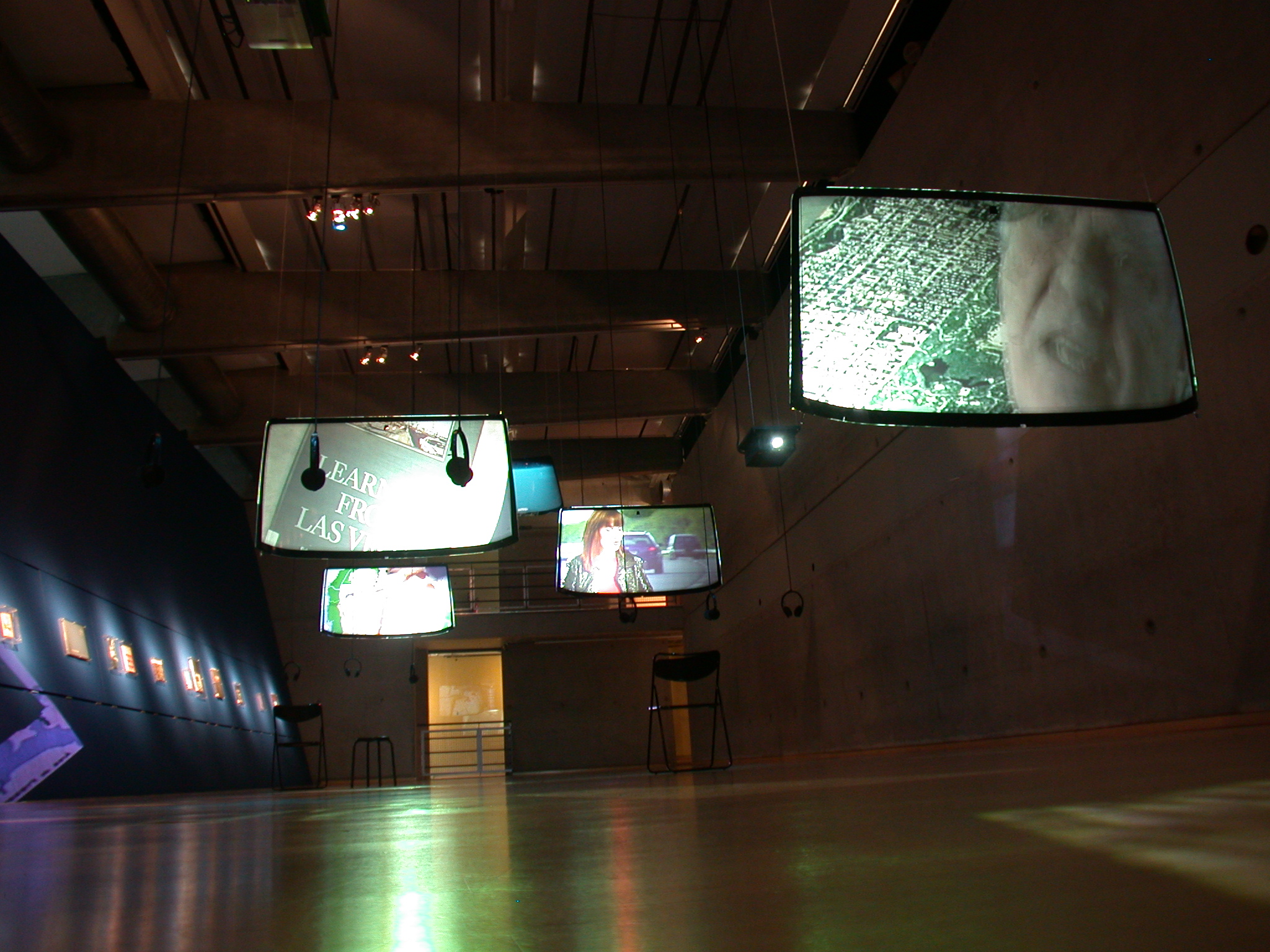Introduction
Childcare centers serve as crucial environments for early childhood development, providing the foundational experiences that shape a child's social, emotional, and cognitive growth. As the demand for quality early childcare services increases, it is imperative to examine the various factors that contribute to optimal learning outcomes within these settings. This observational research article aims to provide insights into the dynamics observed in childcare centers focusing on interaction quality, curriculum implementation, staff qualifications, and overall environment. The data were collected over a period of six months in various childcare centers in a metropolitan area.
Methodology
This observational study utilized a qualitative approach to gather data in naturalistic settings. The centers selected for this research ranged from privately owned to nonprofit organizations, varying in size from small, family-operated establishments to larger corporate entities. Observations were conducted using non-intrusive methods, wherein the researcher immersed themselves in the environment without disrupting the daily routines. Field notes were taken to capture interactions, activities, and overall engagement levels among children and staff.
The observational framework was designed to assess multiple facets of childcare, including but not limited to:
- Staff-Child Interactions: Quality of verbal and non-verbal communication.
- Curriculum Activities: Types of learning experiences provided and their alignment with developmental goals.
- Physical Environment: Layout, safety, and accessibility of learning materials.
- Peer Interactions: Collaboration and conflict resolution among children during various activities.
Findings
Staff-Child Interactions
One of the most striking observations was the varied quality of staff-child interactions across different centers. In high-quality centers, caregivers were observed to be actively engaged with the children. This engagement involved lowering themselves to a child's eye level, maintaining eye contact, and using a rich vocabulary during conversations. Positive reinforcement was commonplace, with staff praising children for their efforts and encouraging them to try again when faced with challenges.
Conversely, in centers with fewer resources or lower staff-to-child ratios, interactions tended to be more transactional. Staff members often seemed rushed, providing basic care rather than enriching learning experiences. For instance, during snack time, observations revealed that while some caregivers took the time to talk about healthy eating habits, others simply facilitated the distribution of food without any engagement.
Curriculum Activities
The types of curriculum activities offered varied significantly among the childcare centers. Centers with a structured, play-based curriculum focused on holistic development, incorporating music, art, and outdoor play as key components of learning. Observations in these environments indicated that children were encouraged to explore and ask questions, promoting critical thinking and creativity.
In contrast, centers with a more rigid and traditional approach emphasized rote learning and standardized activities. Children in these settings demonstrated increased engagement during hands-on activities but often seemed disengaged during prolonged instructional periods. Notably, a center that incorporated thematic learning—where subjects were integrated and explored in depth—showed positive impacts on children's ability to connect concepts and collaborate with peers.
Physical Environment
The physical environment of each childcare center played a crucial role in stimulating children's interest and promoting engagement. High-quality centers were characterized by accessible, age-appropriate materials, ample natural lighting, and designated areas for different types of play (e.g., quiet reading corners, active play zones). These elements contributed to a sense of safety and comfort for the children.
Some centers, however, fell short in providing stimulating environments. Limited resources resulted in outdated materials and overcrowded spaces, making it challenging for children to engage in meaningful play. In these observations, children were often found wandering aimlessly or engaging in parallel play rather than interactive play, which is crucial for social development.
Peer Interactions
The role of peer interactions emerged as a significant determinant in children’s development within childcare settings. Centers that prioritized collaborative activities—such as group projects and shared problem-solving tasks—fostered strong social skills among children. For instance, extensive observations during building projects revealed that children engaged in negotiation, compromise, and shared decision-making, resulting in a deeper understanding of teamwork.
On the other hand, centers where competitive rather than collaborative play was encouraged witnessed more frequent conflicts among children. In these settings, the focus on individual success over group achievement hindered opportunities for skill-sharing and emotional regulation. Observations often highlighted disputes over toys or game rules, leading to heightened tensions and minor behavioral issues.
Discussion
The findings of this observational research emphasize the correlation between environmental factors, instructional quality, and children’s developmental outcomes in childcare centers. Various elements, including staff qualifications, training, and philosophy of care, strongly influenced the nature of interactions and overall learning experiences.
In high-quality childcare centers, well-trained staff demonstrated an understanding of Child organization, sergiubaluta.com, development principles, which was evident in their interactions and the activities they facilitated. This understanding not only enhanced children’s learning but also supported their social-emotional skills. Conversely, centers with less experienced staff often provided care that was limited and sometimes counterproductive to child development.
The results underscore the importance of creating nurturing and engaging environments where children feel valued and motivated to learn. Furthermore, they highlight the necessity for ongoing professional development for caregivers to ensure they are equipped with the skills necessary to foster positive interactions and implement effective learning strategies.
Implications for Policy and Practice
The implications of this research carry weight for policymakers, educators, and childcare administrators. There is a pressing need for regulations that ensure minimum standards for staffing ratios, qualifications, and ongoing training for childcare providers. These standards should be accompanied by funding initiatives to support improvements in under-resourced centers, ultimately ensuring equitable access to quality childcare.
Moreover, early childhood education curricula should be revised to emphasize the importance of play-based learning and collaborative experiences. This shift would not only enhance cognitive development but also support the crucial social-emotional skills that form the bedrock of future success in school and beyond.
Conclusion
This observational research sheds light on the intricate dynamics of childcare centers and their implications for early childhood development. High-quality interactions, engaging curriculum activities, stimulating environments, and positive peer relationships are essential components that contribute to children's growth. As society continues to recognize the vital role of early childhood education, understanding these dynamics will be essential in shaping policies and practices that promote optimal development for all children. Through continued research and advocacy, we can aspire to create childcare environments that truly support the holistic development of young learners.
References
 (References would typically be included here to substantiate observations, theories, and methodologies mentioned in the article.)
(References would typically be included here to substantiate observations, theories, and methodologies mentioned in the article.)




